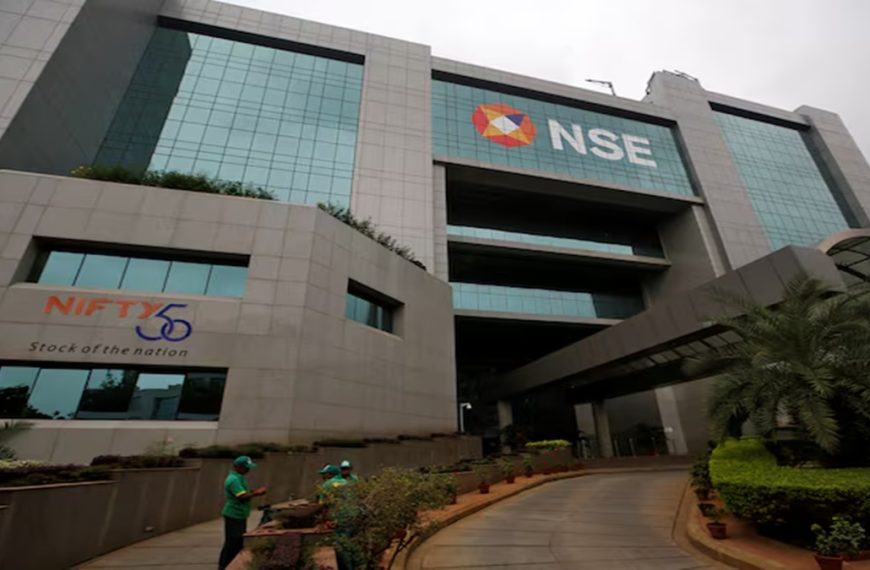In the fast-paced world of banking, Bandhan Bank has recently caught the attention of investors by delivering an impressive 10% return over the last month. However, as the dust settles, many are questioning whether these gains are truly sustainable. Despite a remarkable fivefold increase in net profit for Q4 FY25, concerns linger regarding rising slippages and vulnerabilities within the bank’s core operations. Let’s explore the critical financial indicators that may shape the bank’s future.
Declining Net Interest Income Raises Flags
In its latest quarterly report for Q4 FY25, Bandhan Bank announced a net interest income (NII) of Rs 2,756 crore, down from Rs 2,859 crore in the same quarter last year. This represents a 2.6% drop from the preceding quarter’s NII of Rs 2,830 crore.
To clarify, net interest income is a vital metric that reflects a bank’s profitability. It is calculated as the difference between the interest earned from loans and the interest paid on deposits. Essentially, it reveals how much money the bank is making from its core lending activities.
- Quarterly NII Comparison:
- Q4 FY25: Rs 2,756 crore
- Q3 FY25: Rs 2,830 crore
- Q2 FY25: Rs 2,948 crore
- Q1 FY25: Rs 3,005 crore
Despite the significant spike in net profit this quarter, the decline in NII raises questions about the sustainability of these profits. Research from Nuvama Institutional highlights that the bank’s core non-interest income remained stagnant year-over-year, with one-off income contributing significantly to the profit.
Deteriorating Net Interest Margin Signals Caution
Bandhan Bank’s net interest margin (NIM) for Q4 FY25 also showed a worrying trend, standing at 6.7%, a decline of 96 basis points from 7.6% in Q4 FY24. On a quarterly basis, this figure fell by 20 basis points, attributed to increased slippages and a greater focus on secured loans.
- NIM Trends:
- Q4 FY25: 6.7%
- Q3 FY25: 6.9%
- Q2 FY25: 7.4%
- Q1 FY25: 7.6%
NIM is an essential ratio that indicates a bank’s efficiency in utilizing its funds to generate interest income. Experts at Nuvama have noted that as secured loans are projected to grow at a faster pace than Emerging Entrepreneurs Business (EEB) loans, the normalized NIM may trend lower in the future.
Rising Challenges in Microfinance Sector
The bank’s EEB segment has not been without its troubles, as slippage rates escalated by 13% quarter-on-quarter, now standing at 8.7% of EEB loans. While the overall exposure to stressed assets remains manageable at just 1% in Karnataka, the bank’s overall slippage increased by 8% sequentially, reaching 5.6% of lagged loans, with EEB representing a substantial 81% of the total.
- Slippage Metrics:
- EEB Slippage: 8.7% of EEB loans
- Total Slippage: 5.6% of lagged loans
- Collection Efficiency: 97.8% in Q4 FY25
Despite these challenges, the collection efficiency for EEB improved slightly from 97.4% in the previous quarter to 97.8%. However, the rise in gross non-performing loans, including write-offs, by 9% on a quarterly basis highlights ongoing stress in this crucial segment.
Conclusion
While Bandhan Bank has shown impressive gains in its share price recently, a closer examination of its financial health reveals significant challenges that could impact its future stability. The decline in net interest income and margin, coupled with rising slippages in the microfinance sector, raises valid concerns about the sustainability of its recent profitability. As investors look ahead, monitoring these financial indicators will be crucial for assessing the bank’s ongoing performance.











